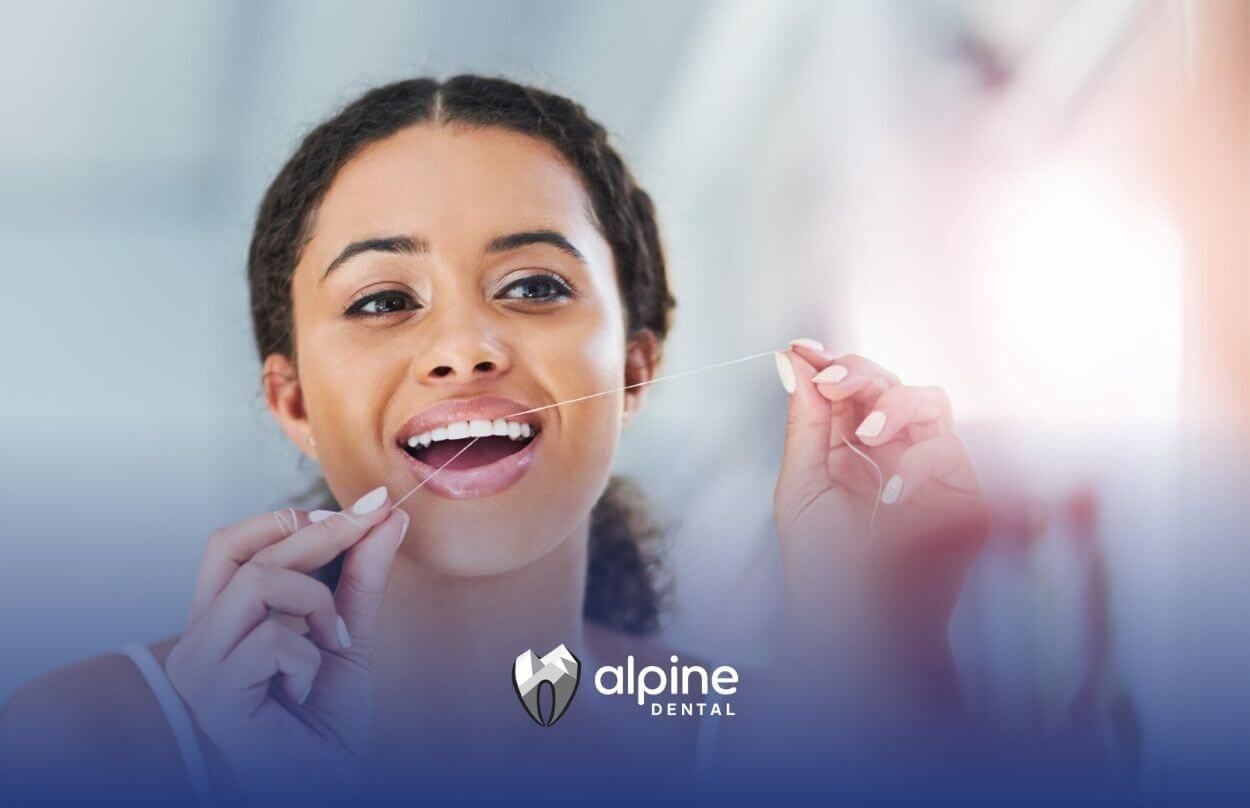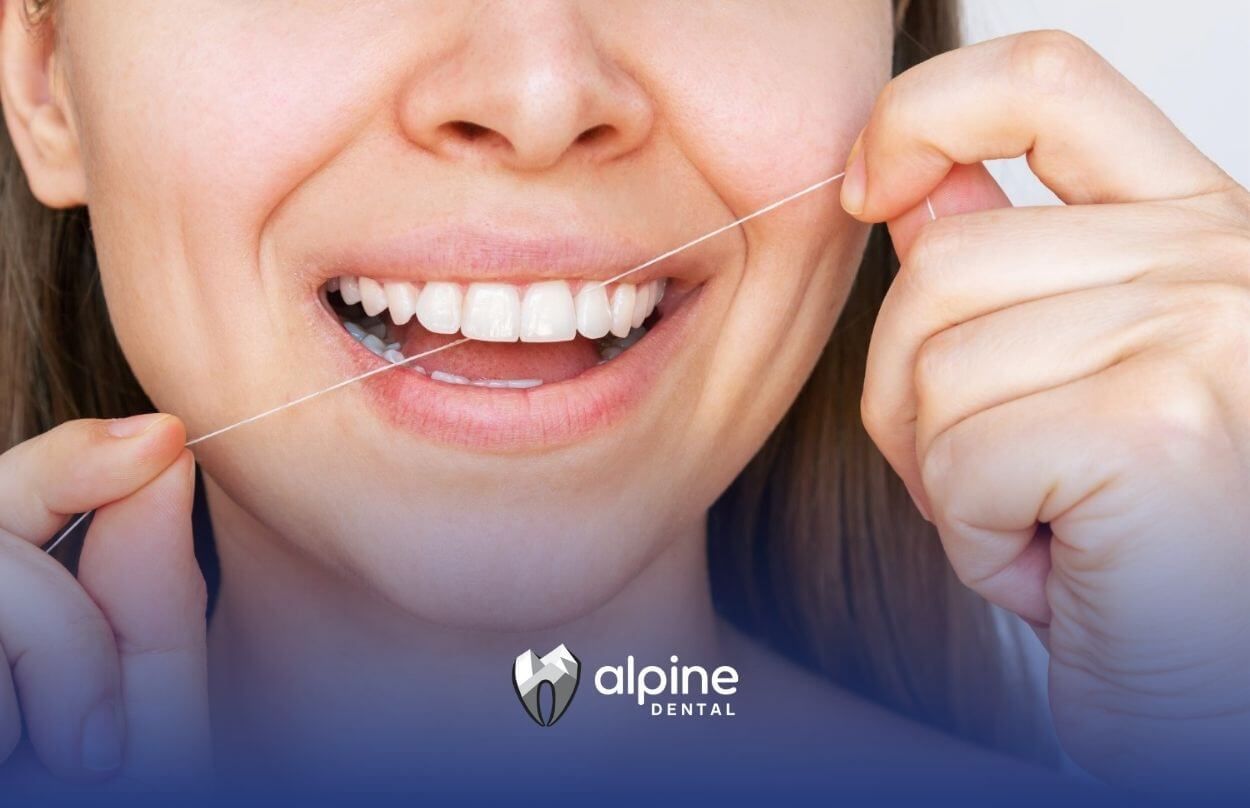The Untold Story of the History of Dentistry in New Jersey
New Jersey currently ranks 11th in the nation for dental health, according to a recent WalletHub analysis. The state earned the fourth best score in oral health yet placed 44th in dental care habits, reflecting a nuanced history of achievement and opportunity.
This article explores the untold story of dentistry in New Jersey, tracing pathways from colonial-era tooth extractions to today’s high-tech practices. It highlights pioneering figures, educational milestones, and technological breakthroughs that shaped oral care for generations.
Early Dental Practices
Colonial Era Care
In early New Jersey settlements, dental care was rudimentary and often provided alongside general medical services. Residents relied on local physicians for tooth extractions, basic cleaning, and pain relief. Procedures were largely manual, using forceps or rudimentary drills heated over flames.
These treatments were painful and lacking in hygiene standards. Infection risks were high, and many settlers avoided professional care until emergencies struck.
Traveling Dentists
As towns like Jackson and Rockaway grew, itinerant practitioners filled gaps in local service. Traveling dentists carried portable equipment, like hand drills, extraction tools, and rudimentary anesthetics, to serve rural households.
Their arrival offered relief but remained sporadic. Individuals in isolated communities still faced long waits between visits, perpetuating reliance on home remedies and folk practices.
Formal Education Emerges
First Dental Schools
The formal study of dentistry began in the early 1840s with the establishment of the first dental schools in the United States. Aspiring practitioners trained in anatomy, pathology, and dental techniques rather than learning solely through apprenticeships.
In New Jersey, this shift encouraged the opening of specialized offices in towns like Rockaway and Jackson. Trained dentists replaced itinerant operators, elevating standards and broadening available treatments.
New Jersey Dental Association
By 1873, the New Jersey Dental Association (NJDA) had formed to unify professionals and advocate for oral health improvement. The organization set ethical guidelines, promoted continuing education, and lobbied for licensure laws.
NJDA membership grew rapidly, reflecting rising public demand for trained clinicians. The association’s initiatives laid groundwork for standardized care across the state.
Timeline of Key Milestones
Key Dental Milestones
1840s
First U.S. dental schools open
1873
New Jersey Dental Association founded
1900s
X-ray technology adopted
1920s
Preventive & restorative care standards
1950s
Electric drills & anesthetics
1975
First female dental dean
2000s
Laser dentistry & 3D imaging
Dental Technology Advances
X-Ray Revolution
X-ray imaging transformed dental diagnosis in the early 1900s by revealing cavities, infections, and bone loss without invasive surgery. New Jersey dentists were early adopters, integrating radiographs into routine check-ups. This advancement boosted treatment precision and patient confidence.
Electric Drills and Anesthetics
In the mid-20th century, electric drills replaced manual handpieces, reducing procedure times and improving quality. At the same time, safer anesthetics, such as lidocaine, minimized discomfort during fillings and extractions.
These tools spurred growth of local dental offices offering consistent, professional care. Patients began viewing dentistry as manageable rather than dread-inducing.
Preventive Care Standards
With new materials and patient education, preventive dentistry took hold by the 1920s. Fluoride use, sealants, and routine cleanings became standard recommendations. Dentists shifted from emergency-only work to long-term oral health partnerships.
Modern Preventive Care
Preventive and Restorative Methods
Today’s New Jersey practices blend prevention with restorative expertise. Sealants guard against childhood cavities, while composite fillings and crowns repair damage with natural aesthetics. Emphasis on patient education, including brushing, flossing, and dietary guidance, remains central.
Emergence of Laser Dentistry
Laser technology arrived in the late 1990s, offering minimally invasive options for gum therapy, cavity removal, and tissue contouring. Many clinics in Point Pleasant Beach and neighboring communities adopted lasers for precise, comfortable procedures.
Cosmetic Dentistry Leadership
New Jersey ranks among national leaders in cosmetic care. Whitening, veneers, and implant services are widely available, allowing patients to enhance both appearance and function. High demand drives ongoing investment in staff training and cutting-edge materials.
Dentistry Pioneers and Trailblazers
Black Dental Leaders
Several trailblazers of color made indelible contributions to dentistry.
Robert Tanner Freeman
As the first professionally trained Black dentist in the United States, Freeman graduated from Harvard Dental School’s inaugural class in 1867 at age 21. His achievement paved the way for future diversity in dental education.
George Franklin Grant
Grant became the first Black professor at Harvard’s School of Mechanical Dentistry. He started as an errand boy for a local dentist, then earned a degree and advanced prosthetic dentistry research.
John S. Rock
Though practicing primarily in Boston, Salem native John S. Rock provided vital care to Black Americans on the Underground Railroad route to Canada. His dual medical and dental expertise addressed complex needs of displaced communities.
Public Health Advocates
Beyond clinical practice, some figures championed oral hygiene for all.
Charles Edwin Bentley
Dubbed the “Father of the Oral Hygiene Movement,” Bentley organized school exams and free clinics to educate children and underserved patients. His public outreach efforts highlighted the link between oral health and overall well-being.
Jeanne Craig Sinkford
In 1975, Sinkford became dean of Howard University’s College of Dentistry, the first woman to hold such a post in the United States. She devoted her career to advancing opportunities for women and minorities in dental professions.
Contemporary Dental Landscape
Advanced Technologies in Clinics
Modern New Jersey practices routinely employ:
- Digital 3D imaging for accurate implant planning
- CAD/CAM systems to fabricate same-day crowns and veneers
- Laser devices for soft tissue surgery and pain-free treatments
Such investments ensure precise diagnoses, shorter appointments, and enhanced patient comfort.
Ongoing Role of NJ Dental Association
NJDA continues to influence standards, advocate for oral health policies, and support professional development. Its public education campaigns promote regular screenings and fluoride benefits for children and seniors alike.
Current Oral Health Trends
Recent data shows incremental gains in preventive care adoption, though challenges remain in daily habits. Continued emphasis on early childhood screenings and senior outreach aims to bridge gaps highlighted in past rankings.
Conclusion
From makeshift colonial extractions to state-of-the-art laser procedures, the history of dentistry in New Jersey reflects persistent innovation and commitment to community well-being. Pioneers of education and public health forged pathways for trained professionals, while advances in technology transformed patient experiences. Today’s dentists build on that legacy, balancing preventive care with restorative artistry. As the field evolves, New Jersey stands poised to maintain its leadership in oral health through advocacy, education, and cutting-edge practice.
From the early days of colonial dentistry to the advanced technology we use today, the evolution of dental care in New Jersey has been driven by innovation and dedication to patient well-being. At Alpine Dental, we continue this tradition, offering state-of-the-art treatments in Lakewood, NJ while prioritizing preventive care for our community. Whether you need a routine checkup or advanced restorative procedures, we’re here to provide the highest standard of care for you and your family.
Ready to experience the future of dental care today? Schedule your appointment with us and take the first step toward a healthier, brighter smile.
Frequently Asked Questions
How has dental care evolved over the years?
From rudimentary tools to advanced laser treatments, dental care has greatly improved in both technique and technology. Modern dentistry focuses on patient comfort, efficiency, and long-term oral health, utilizing tools like lasers, digital X-rays, and sedation options.
What are the benefits of laser dental procedures?
Laser dentistry offers precision, less discomfort, faster healing times, and reduced risk of infection. It is used for a variety of treatments, including cavity preparation, gum treatment, and teeth whitening.
How can I ensure my child’s dental health is on track?
Regular checkups, proper brushing and flossing habits, and a balanced diet are key. It’s important to start dental visits early, ideally by age one, to establish a foundation of good oral health.
SOURCES:
https://943thepoint.com/new-jersey-dental-health/
https://www.kometusa.com/Blog/February-2024/7-Black-Pioneers-in-the-Dental-Industry
https://www.njda.org/about-us/history---mission-statement
https://www.njconsumeraffairs.gov/den/Pages/consumersFAQ.aspx
https://pubmed.ncbi.nlm.nih.gov/5267336/




